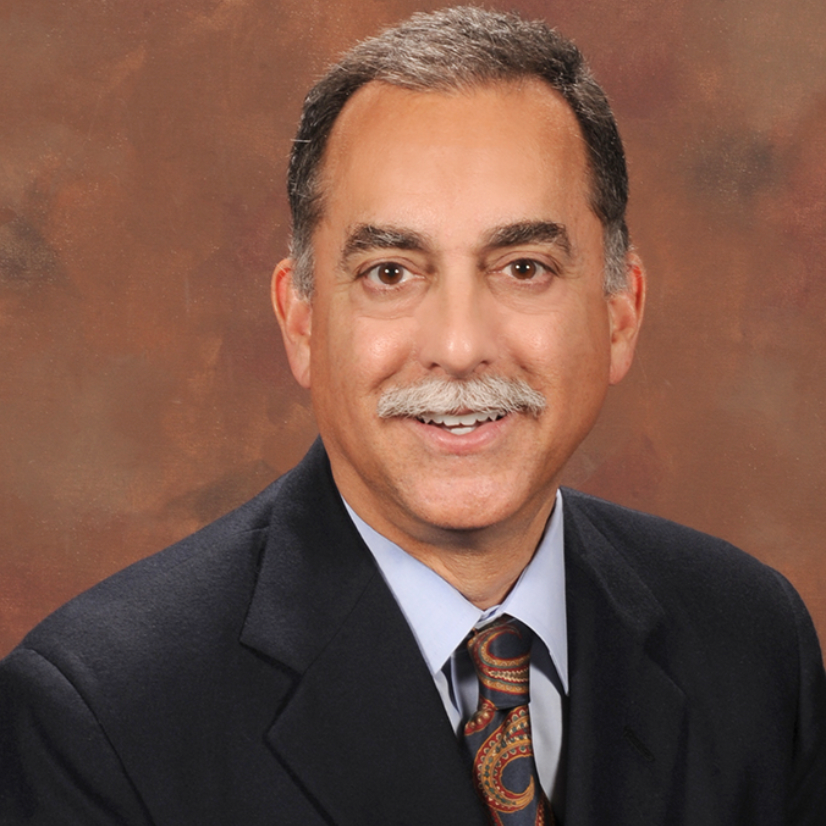Article
Trazodone Frequently Prescribed in Insomnia Care, Despite Guidelines
Author(s):
National prescribing cohort data suggest clinicians buck against the recommended use of the antidepressant.
William Vaughn McCall, MD

Antidepressant and sedation therapy trazodone is used frequently for off-label treatment of neuropsychiatric diagnoses including insomnia and anxiety—and infrequently at its indicated dose, according to new findings.
In new real-world data presented at the American Psychiatric Association (APA) 2022 Annual Meeting last month, a team of US investigators reported that trazodone is a popular prescription outside its indicated use and dosage set by the US Food and Drug Administration (FDA) 4 decades ago as an antidepressant.
Led by William Vaughn McCall, MD, professor and chairman of the department of psychiatry and health behavior at Augusta University, investigators noted recent trends in use of trazodone even buck against guideline-directed care of depression and other neuropsychiatric conditions.
Trazodone was approved by the FDA in 1981 for the treatment of depressive disorder at 150-400 mg daily doses. Branded in the US as Oleptro, the oral agent is a derivative of trazolopyridine that benefits depressive disorder. However, one of its most common off-label uses, is against the most recent recommendation of the American Academy of Sleep Medicine’s clinical practice guidelines, among others.
“It is often prescribed off-label to treat insomnia, typically at doses below 150mg daily, despite Clinical Practice Guidelines recommendations against use of trazodone treatment for insomnia,” McCall and colleagues wrote.
The team sought to interpret real-world prescribing patterns for the longtime antidepressant in the context of insomnia disorder, versus use in patients without the sleep condition. Their cohort included patients from a US primary care claims database including medical and pharmacy data from the HealthVerity dataset. The large-scale cohort included patients aged ≥18 years old assessed between October 2015 and March 2020.
Trazodone prescription patterns were assessed in adult patients with and without insomnia.
The cohort included 1.4 million eligible adults, of whom approximately 310,000 had an insomnia diagnosis and more than half (approximately 170,000) were receiving medical care for the condition. Investigators observed 113,557 patients receiving trazodone from the full cohort; mean patient age was 49 years old, and two-thirds (66%) were female.
Among the trazodone prescriptions, 40% were written for patients with an insomnia diagnosis. Among the trazodone arm receiving it for insomnia, more than half (55%) had a concurrent depression diagnosis; 53% of patients without insomnia receiving trazodone had a depression diagnosis. Investigators described the trazodone dosing patterns between patients with and without insomnia as “statistically significantly different” (P <.001).
A majority of patients (61%) with depression and concomitant insomnia receiving trazodone were prescribed a dose <150 mg daily—deemed a low dose. Another 68% of patients without depression and with insomnia received a low-dose trazodone regimen, and 64% of patients without neither depression nor insomnia received the low-dose regimen. The most common conditions among the latter group included anxiety disorder, pain, fibromyalgia, diabetic neuropathy and sexual dysfunction.
Investigators concluded that a majority of patients did receive a low-dose trazodone regimen—even patients with a depression diagnosis. They hypothesized that rate reflected the intent to treat concomitant conditions including insomnia with the antidepressant, despite current guideline standards.
“This very large real-world study confirmed frequent usage of trazodone for indications other than depression as well as prescription of doses that differ from the FDA label,” they wrote. “Furthermore, the distribution of dosing was generally similar for patients with and without insomnia, reflecting a lack of correlation between “low-dose” trazodone and insomnia treatment.”
The study, “Trazodone Prescribing in Insomnia: A Real-World Cohort Study,” was presented at APA 2022.





